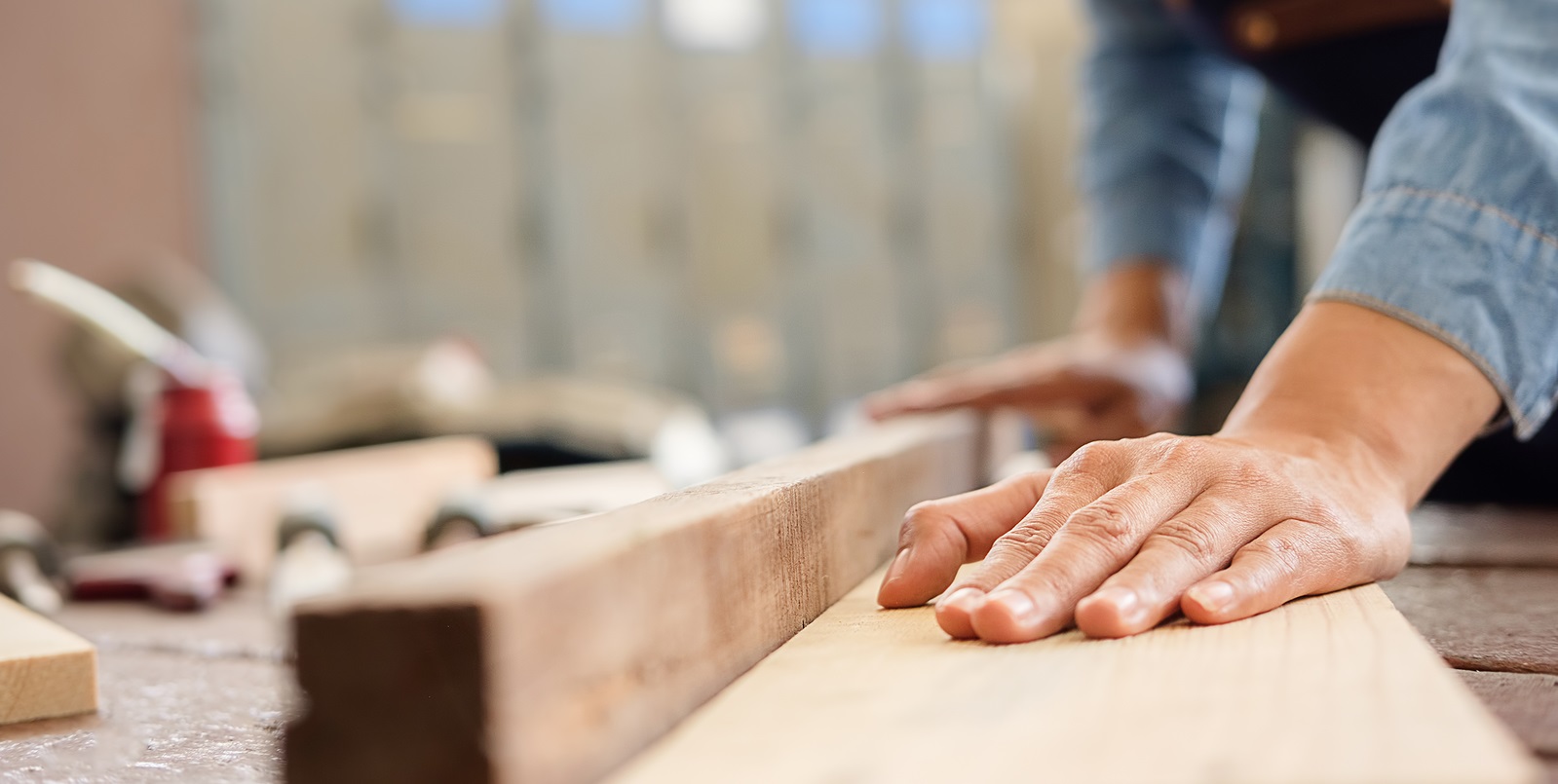Posted by Sandpaper America on Jan 28th 2019
How to Avoid These Beginner Woodworking Errors
If you are into woodworking, the ultimate goal for every project you undertake is to get it done right the first time around. But in order to achieve this goal on every project, it requires years of hands-on experience, coupled with a sincere curiosity in improving your woodworking skills. A good way to get started on this learning curve is to avoid some of the most common woodworking mistakes beginners tend to make.
Continue reading to learn some of the most predictable, beginner woodworking errors, as well as, how to avoid them.

Lack of Preparation
In order to get your woodworking project done right the first time, you must be equipped with the proper materials, gear, and supplies. This list of stuff includes protective gear like gloves and goggles, as well as, all your needed materials and supplies, like tools, products, parts, and more. Not only does preparation streamline your woodworking project, it ensure you are fortified to build it right in one go.
Improper Blade
A common error made by novice carpenters and woodworkers is not using the correctly-sized blade on their circular saw. Although you may feel the urge to use the same blade for every woodworking application, it is just not proper practice. Always match the right blade with the type of cuts you are making. For instance, if you are cutting and framing lumber for a new construction home, you will use an 18 or 24-tooth blade. For plywood and other specific types of materials, you might need a 40 or 60-tooth blade. For really fine cuts, you may go up to a 140-tooth blade.
Incorrect Cuts
When cutting plywood with a circular saw, it is important to cut it on the correct side to prevent splintering and cracking. The correct side is the OPPOSITE surface (face down) that will be visible after project completion. In addition to cutting on the correct side, you want to cut in the correct direction too. Although your rotor spins its bit in 360 degrees revolutions, it does matter which way you go. If you are working on a surface, like a table top, start at the edge of your material and work counterclockwise. If you are routing the inside of a frame, work in a clockwise direction.
Incorrect Materials
Many beginner woodworkers make the mistake of using incorrect materials, commonly glue and fasteners. Using the proper wood glue is important in terms of water and moisture resistance. Be sure to choose the correct version, either standard, moisture-resistant, or water-proof, for your project. As for fasteners, many people use the wrong type for the intended application. For instance, it is not wise to use standard steel screws and nails for outdoor projects since they are prone to rust and corrosion. Instead, you would need hot-dipped galvanized or stainless-steel fasteners for long-term performance.
Incorrect Abrasives
Another common mistake made by rookie woodworkers occurs at the prepping or finishing phases. Using the proper sandpaper and sanding grit is vital to a project’s success. Sandpaper comes in various forms, including aluminum oxide, Silicon carbide, ceramic, garnet, and more. It also comes in various grits ranging from very fine to very course. Be sure to match the proper sandpaper and grit to your woodworking applications.
Where to Get Quality Sandpaper

Call Sandpaper America at 1-800-860-7263 for information about coated abrasives and sanding products! We offer a large online inventory of high-quality sandpaper and sanding products at the most competitive prices online! We manufacture our products in-house, so you can trust they are high-quality and shipped nationally. Call 1-800-860-SAND to place an order, today.

